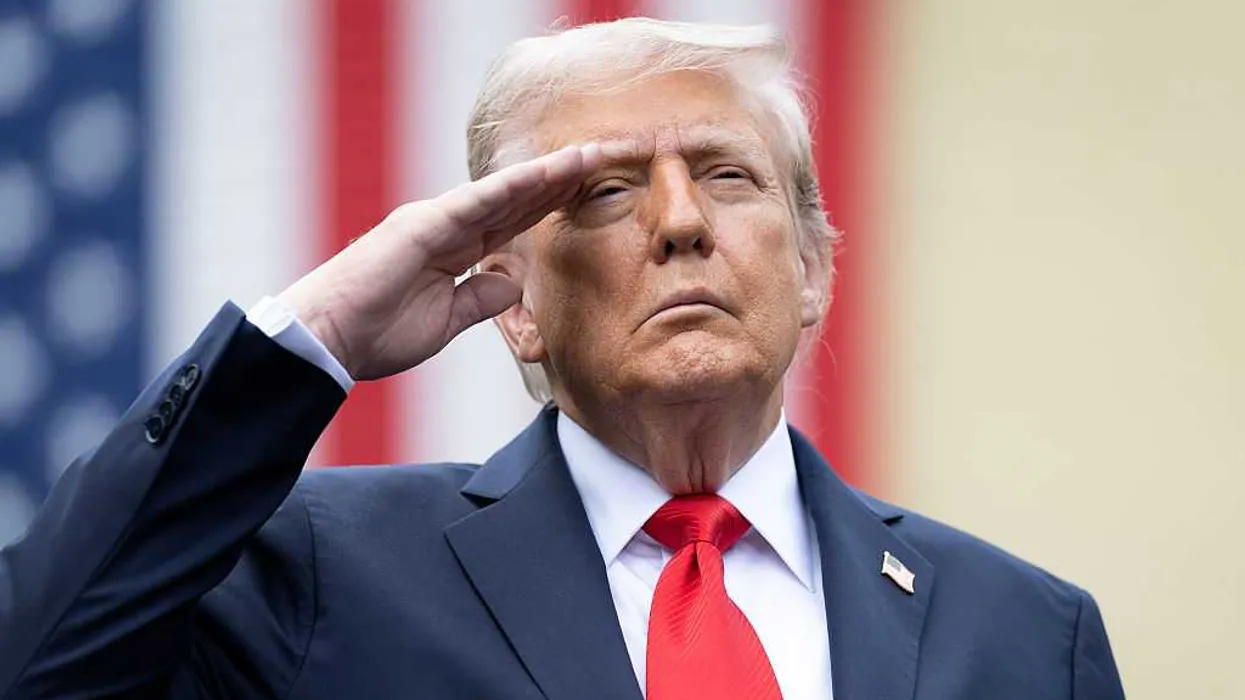NEW YORK (AP) — For months, bubbling trade tensions between China and the U.S. seemed to calm to a simmer, with words like “thaw” and “truce” swapped in for warnings of economic “war.”
Now, hostilities appear to be returning to full boil.
A series of tit-for-tat moves this week by the two superpowers has thrust trade hostilities back in the global spotlight, roiling markets and raising alarms of what might come next.
“Let’s poke the bear again,” economist Aleksandar Tomic, an associate dean at Boston College, said of the renewed sparring. “Let’s stir the hornet’s nest.”
A look at where things stand in the U.S.-China trade standoff:
Signs of trade-war escalation roil markets
Tensions between China and the U.S. transcend any presidency or political party. But Donald Trump’s return to the White House has brought new levels of rancor. A volley of tariffs were introduced, raised and reduced in the year’s first half, igniting retaliation from Chinese leader Xi Jinping. But more recently, several months of relative calm had prevailed.
That truce showed signs of fizzling this week, though, with China announcing strict new limits on exports of rare earth minerals crucial to high-tech products. Trump, in turn, threatened an additional 100% tax on Chinese imports by Nov. 1 and export controls on American software. Both sides also hit one another’s ships with new port fees.
Whether public moves by Washington and Beijing are meant to advance private talks between the two sides is unknown. But they roiled stock markets, with Friday bringing the S&P 500 its worst day since April and a new dose of uncertainty about what is next.
“Either this is it, the so-called tariff truce is over and both sides are going to rapidly escalate or these are negotiation talks ahead of the talks between Xi and Trump,” said Marc Chandler, chief market strategist at Bannockburn Capital Markets in Cincinnati, Ohio.
Jostling for advantage, with exports as bargaining chips
With so much unknown about any possible behind-the-scenes negotiations between the two nations, it is hard to gauge who might have the upper hand.
But China may sense an opening, with Trump challenged by a government shutdown and the impacts of the ongoing trade war.
American soybean farmers who long relied on Chinese sales are now being passed over for exports from Brazil, Argentina and elsewhere. U.S. investors have happily watched markets driven upward by excitement over artificial intelligence, but China dominates the world in the rare earth minerals that are key to technological hardware. American consumers who have come to expect an endless supply of cheap goods that roll off Chinese conveyor belts are bracing for higher prices.
“It becomes an issue of who can replace supply chains faster. And, at least right now, I think China is winning that one,” Tomic said. “I don’t know what the cycle of a soybean is, but I bet you can grow a soybean faster than you can build a toy factory.”
Are tariff threats empty or a negotiating strategy?
Trump has suggested a deal is still possible.
He has frequently made threats that turn out to be empty, used as part of a negotiating strategy. For now, Trump has not formally canceled a meeting planned with Xi later this month on the sidelines of the Asia-Pacific Economic Cooperation summit, though he said nothing was certain.
“I don’t know that we’re going to have it,” he said in the Oval Office on Friday. “I’m going to be there regardless, so I would assume we might have it.”
Chandler said it might appear to be a sudden, dramatic blowup between the U.S. and China, but it is really just more of the same from two parties embroiled in an acrimonious, long-running feud.
“It’s sort of like a divorce: The wife and the husband are accusing one another of things that, from the outside, look more complicated,” Chandler said. “This kind of story doesn’t have a good guy. We want to have a good guy and a villain. But these are just two large countries both seeking national advantage.”
___
Matt Sedensky can be reached at [email protected] and https://x.com/sedensky
The post Truce fizzles as U.S.-China trade tensions return to full boil appeared first on KTAR.




